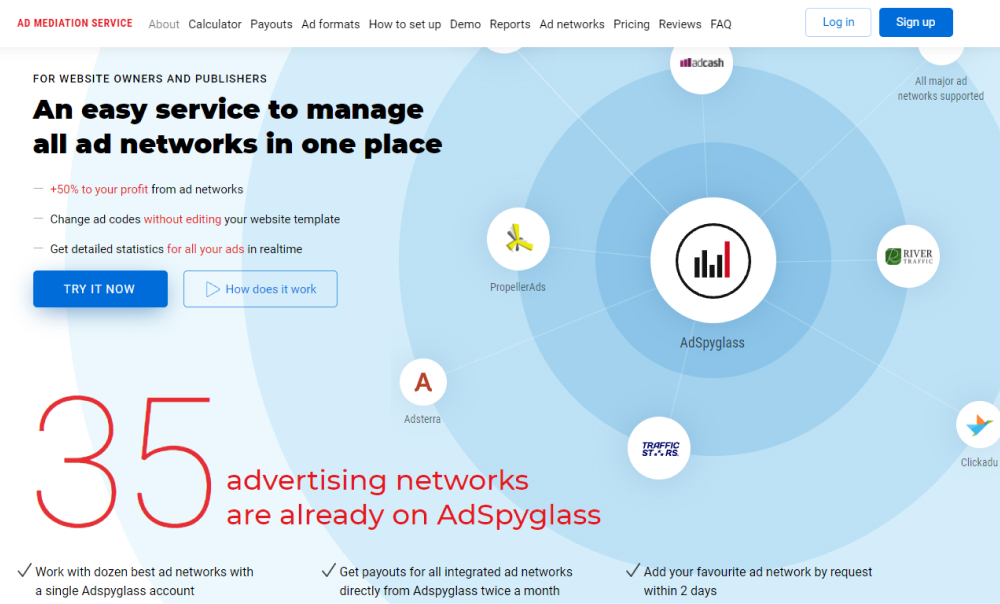Performance Incentives, also known as “pay for performance”, are payments usually made for specific results that have been achieved in the work, and not just for the time worked. While these incentives are not responsible for all staffing problems, they can be a good solution to increase productivity.
There are many types of performance incentives. Although each of them rewards a certain behavior of employees and work, they are all significantly different. In structured incentives, employees immediately have an idea of the relationship between productivity and incentive reward. Therefore, they know in which spheres they need to work harder to receive a big reward. In a casual approach, workers never know when a reward will be given.
The simplicity inherent in the casual incentive approach attracts many farmers, who do not generally consider structured incentives. Simple rewards include a pat on the back, a sincere thank-you, a $ 50 bill, a dinner for two at a local restaurant, or a pair of tickets to the rodeo.
There are many examples of how different companies use the performance incentive system. One such example is when merchants encourage an affiliate to push the merchant’s products, services, or site more effectively. Other examples include prizes and additional sales or tiered commission structures, which define a target transaction or transaction value that must be completed to receive additional “bonus” commissions, often for a limited time.
